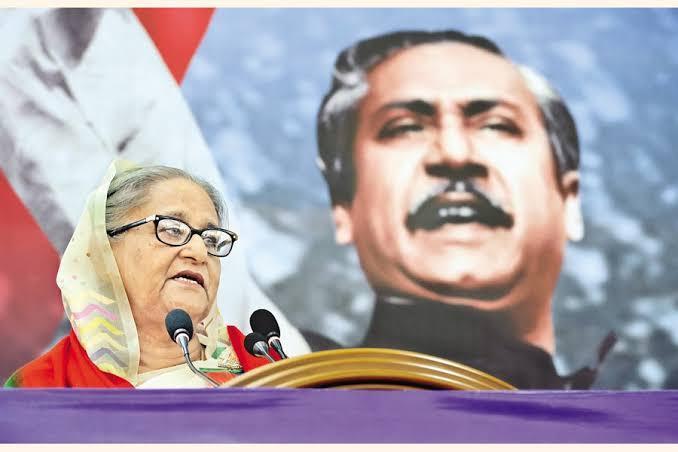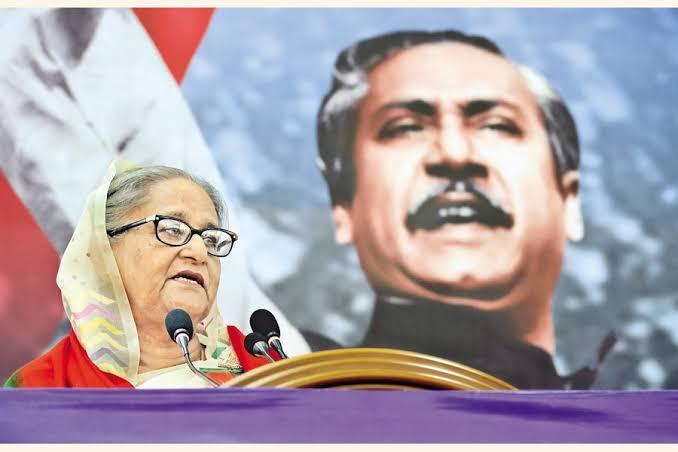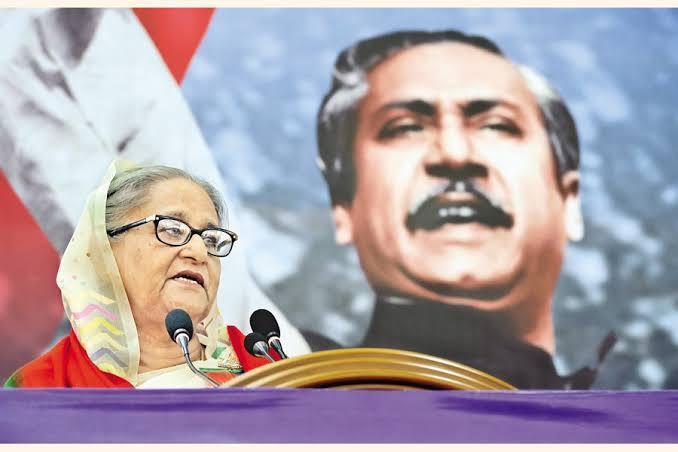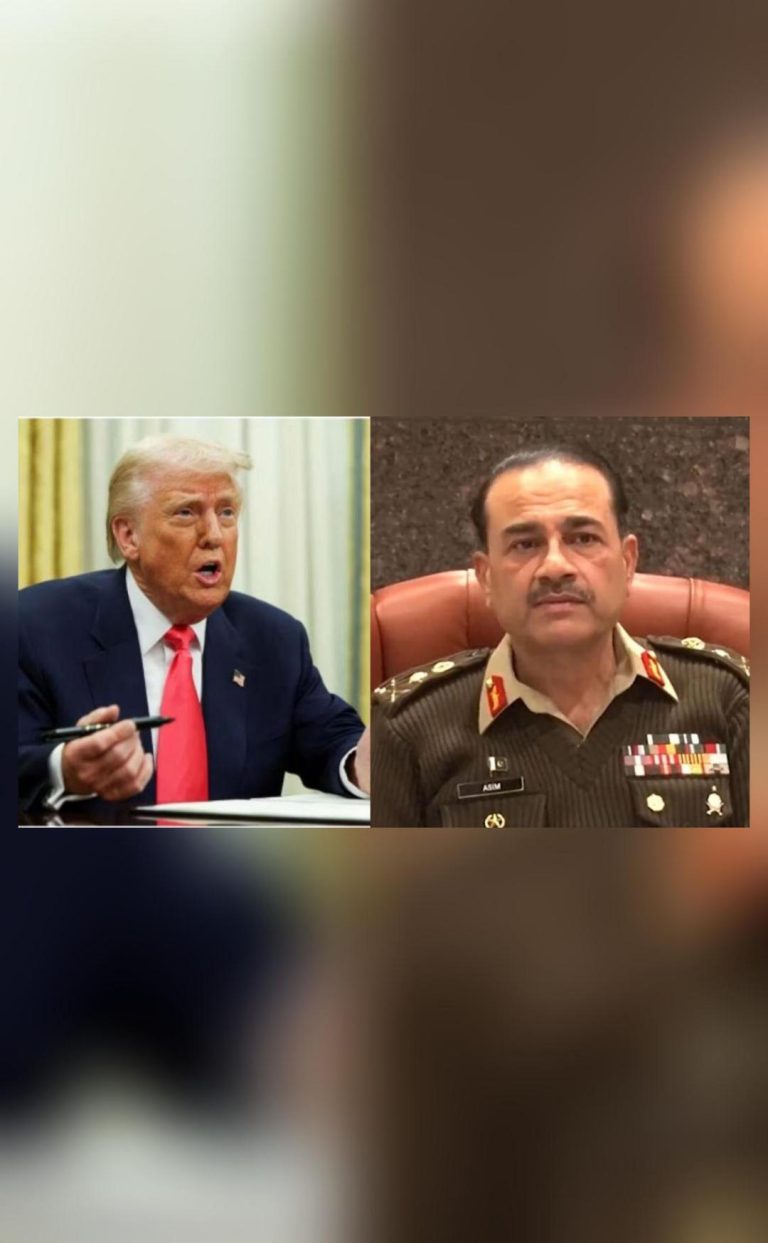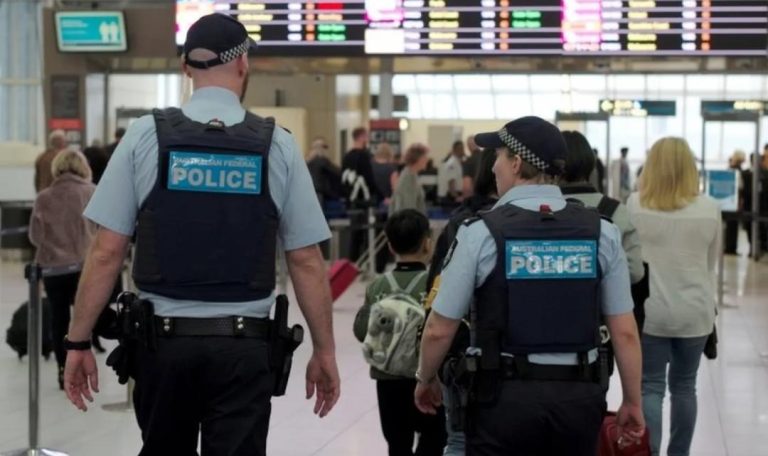
West Asia Crisis: A Fight Between Muslim Countries for Supremacy?
The ongoing West Asia crisis has been a subject of intense scrutiny and debate, with various political leaders and experts offering their opinions on the matter. Recently, Sudhanshu Trivedi, a spokesperson for the Bharatiya Janata Party (BJP), made a startling statement that the West Asia crisis is nothing but a fight between Muslim countries for supremacy over one another.
According to Trivedi, one pole of this fight is Saudi Arabia, the leader of the Sunni world, and the other pole is Iran, the leader of the Shia world. He further added that the Sunni world remained “largely silent” during Israel’s attack on Iran, implying that they were not interested in getting involved in the conflict.
Trivedi’s remarks have sparked a heated debate, with many questioning the validity of his claims. Critics argue that reducing the complex conflict in West Asia to a simple fight for supremacy between Muslim countries oversimplifies the issue and ignores the numerous other factors at play.
To understand the situation better, let us delve into the history of West Asia and the current political dynamics in the region.
West Asia has been a crucible of conflict for centuries, with various empires and nations vying for power and influence. The region has been home to some of the most ancient and powerful civilizations, including the Babylonians, Assyrians, and Persians.
In modern times, the region has been shaped by the rising tensions between the Sunni and Shia branches of Islam. The Sunni-Shia divide has its roots in the early days of Islam, when the two branches disagreed on the succession of the Prophet Muhammad.
In recent years, the tensions between the two branches have escalated, with countries like Saudi Arabia and Iran taking on a more prominent role in the region. Saudi Arabia, the leader of the Sunni world, has been seen as a key ally of the United States, while Iran, the leader of the Shia world, has been a key player in the region due to its significant oil reserves and strategic location.
The current crisis in West Asia began with the Iranian nuclear deal, which was signed in 2015. The deal aimed to restrict Iran’s nuclear program in exchange for the lifting of economic sanctions. However, the deal was heavily criticized by many in the region, who saw it as a threat to their national security.
In response to the deal, Saudi Arabia, along with other Sunni countries, began to exert pressure on Iran, accusing it of trying to spread its influence in the region. The tensions between the two countries eventually boiled over into open conflict, with Saudi Arabia and its allies launching a military campaign against Iran-backed Houthi rebels in Yemen.
The situation in West Asia was further complicated by the rise of the Islamic State (ISIS), a militant group that declared the establishment of a caliphate in 2014. ISIS, which is considered a terrorist organization by many countries, has been responsible for numerous attacks and atrocities in the region, including the murder of thousands of people.
In recent months, the situation in West Asia has become even more volatile, with the United States and Iran engaged in a series of tit-for-tat actions. The situation came to a head earlier this month, when the US launched a military strike against Iran, killing its top military commander, Qasem Soleimani.
The strike was widely condemned by many in the region, with many calling it a reckless and provocative act. The situation has since escalated, with Iran launching a series of missile attacks against US military bases in Iraq.
In light of these developments, Trivedi’s remarks that the West Asia crisis is a fight between Muslim countries for supremacy over one another may seem simplistic. However, some experts argue that the conflict is indeed driven by a desire for power and influence by the various countries in the region.
For instance, Saudi Arabia’s desire to assert its dominance over the Sunni world and its opposition to Iranian influence in the region is seen as a key driver of the conflict. Similarly, Iran’s desire to expand its influence in the region and its opposition to Saudi Arabia’s dominance is also seen as a key factor.
In conclusion, the West Asia crisis is a complex and multifaceted issue that cannot be reduced to a simple fight between Muslim countries for supremacy. While it is true that the conflict is driven by a desire for power and influence by the various countries in the region, it is also shaped by a range of other factors, including the legacy of colonialism, the rise of the Islamic State, and the ongoing tensions between the Sunni and Shia branches of Islam.
As the situation in West Asia continues to unfold, it is essential that we take a nuanced and balanced approach to understanding the conflict. This requires looking beyond simplistic divisions and recognizing the complex interplay of factors that drives the crisis.
